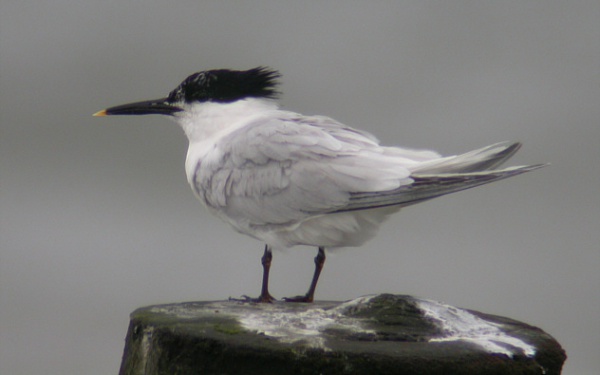Facts About Thalasseus
Thalasseus, commonly known as the crested terns, comprises eight tern species within the Laridae family. These birds have a global distribution. The genus was first described by Friedrich Boie in 1822 and was confirmed as a distinct group for crested terns in a 2005 study.
These large terns typically breed in dense colonies along coastlines, on islands, and occasionally inland near large freshwater lakes. They create their nests in simple ground scrapes and primarily catch fish by diving into the sea from above. During courtship, the male impresses the female by offering her fish.
One of the distinctive features of Thalasseus terns is their long, thin, and sharp bills, which are often yellow or orange. They also possess a characteristic shaggy crest. In the winter, their foreheads turn white. The genus name, Thalasseus, is derived from the Ancient Greek word for "sea" an appropriate reference for these ocean-loving birds.
The genus includes eight different species, each with its own unique characteristics. Interestingly, a fossil bone fragment from the early Pliocene period found in the United States bears a striking resemblance to the modern royal tern. This suggests that the crested terns have a long evolutionary history.
